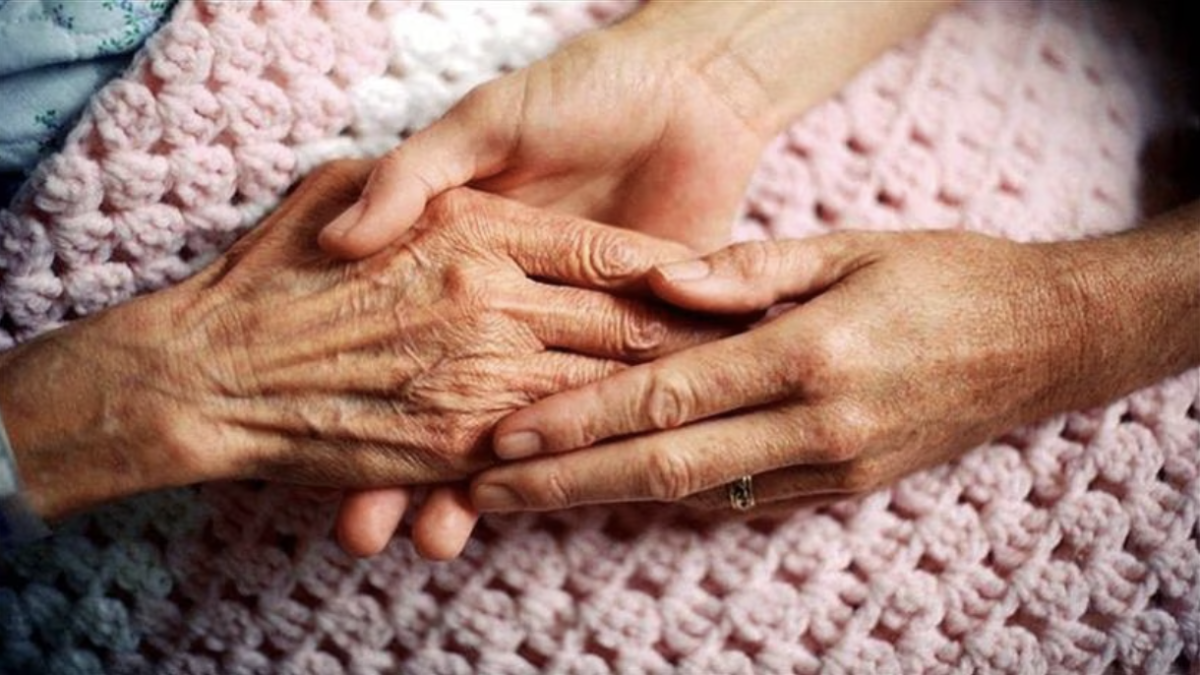
Labor's landmark aged care reforms have fallen short of the vision for the sector laid out in the 2021 royal commission and may fail to deliver on their promise to contain taxpayers costs, according to the sector watchdog.
Inspector-General Natalie Siegel-Brown said the Albanese government had made "meaningful change" to improve aged care but added she had "genuine fears" that its decision to hike user fees would push some "vulnerable" people to forego care.
"[Labor's] Act promotes care that is equitable accessible and which prioritises compassion, kindness, respect for life experience, dignity, quality of life, mental health and wellbeing," Ms Siegel-Brown wrote in her first official progress report.
"[But] There are some areas in which an urgent change of approach is needed if the underlying intent of the Act is to be more than just aspiration."
The report, dated from May but tabled in parliament on Thursday, comes in a week which saw Labor forced into a backdown over the timing of 20,000 home care packages.
Those packages were tied to Labor's sweeping aged care reforms, which were passed late last year with the backing of the Coalition and will introduce new guiding principles and a new funding model for both in-home and residential aged care.
New Aged Care Minister Sam Rae delayed the start date for those reforms on the sector's urging, but came under fire this week from the Coalition and crossbenchers because the late start date would worsen wait times for those seeking home care.
When the new legislation is in place, Labor has said it expects wait times will be no more than three months, compared to the years-long waits that have become commonplace.
But Ms Siegel-Brown said a three-month wait, and the decision to retain a system with limits on the number of available home care places, were inconsistent with the royal commission's call for a system of universal entitlement to care.
"This is not the model of timely access to care that the commissioners called for," she wrote, noting the royal commission called for wait times of one month.
"The current approach cements a rationed system. This continues the decision of previous governments to refuse to accept this recommendation."
Most recommendations accepted but different approach on funding
While Labor accepted most of the royal commission's recommendations, and the Inspector-General's report acknowledges 138 of the 148 have been either completed or partially progressed, it expressly rejected its views about funding.
An Aged Care Taskforce convened by former minister Anika Wells disagreed with the view of commissioners that taxpayers should fund improvements to the sector through a new levy.
Ms Wells's taskforce argued this would compound intergenerational inequity and that older Australians with financial means should pay more, noting the government was paying for 95 per cent of home care costs and 76 per cent of residential care costs.
Labor's new bill tipped the balance slightly towards user payments, based on the principle that the government would pay for clinical care, but older Australians who could afford to do so would pay for expenses such as food and accommodation.
The government remains the primary funder of aged care and will pay 89 per cent of home care costs and 73 per cent of residential costs under the new model.
Ms Siegel-Brown acknowledged the government's budget constraints but said she was concerned the new funding model would compromise access to care for vulnerable people.

She argued the distinction between clinical and non-clinical care was "inconsistent with high-quality care", in particular because showering was not classed as clinical care.
"Personal hygiene has a clear clinical dimension if not in its delivery, then certainly in its absence," she said, warning some vulnerable people may forgo showering.
"This has implications for a person's dignity, and ultimately their hygiene and safety, in particular if continence is an issue."
Ms Siegel-Brown acknowledged the fiscal constraints facing the government but argued the bill could backfire on its stated aim to contain taxpayer expenses if the out-of-pocket expense pushed people out of home care and into residential care.
"My Office understands the reality the government is up against: an increasing ageing population magnifying the demand for aged care, with a decreasing working-age population to fund it," she wrote.
"There is not a limitless pool of money. But I share the fears of stakeholders that these reforms could potentially create unnecessary cost blow outs."
Workforce measures helping, but more needed in other areas
The Inspector-General also said the government's measures to support the aged care workforce had "aided and attracted the retention of staff", but said further action was needed to limit the use of physical and chemical restraints and for culturally sensitive care and care for Aboriginal and Torres Strait Islander people.
She said the report was not intended to produce "gotcha moments" and said she and the government "share the same aims".
"The Inspector-General is working to highlight the obstacles and, importantly, make sure there is a path to achieving shared goals."
In a statement, Mr Rae said the government was "really grateful" for the report.
"She is absolutely right that we share the same goal … It's encouraging to see acknowledgements that our reforms have strengthened clinical care, improved provider viability and strengthened our aged care workforce," he said.
"We acknowledge the job ahead of us — there's much more to do to realise the full vision … We don't shy away from the challenges."
Greens Aged Care spokesperson Penny Allman-Payne said the report was a "shocking wake-up call".
"We have just managed to drag the government to deliver more home care packages, but this report shows that there is a co-payment tsunami about to break on the older people in this country. The financialisation of aged care is terrifying."
Written by: Tom Crowley, ABC News.







